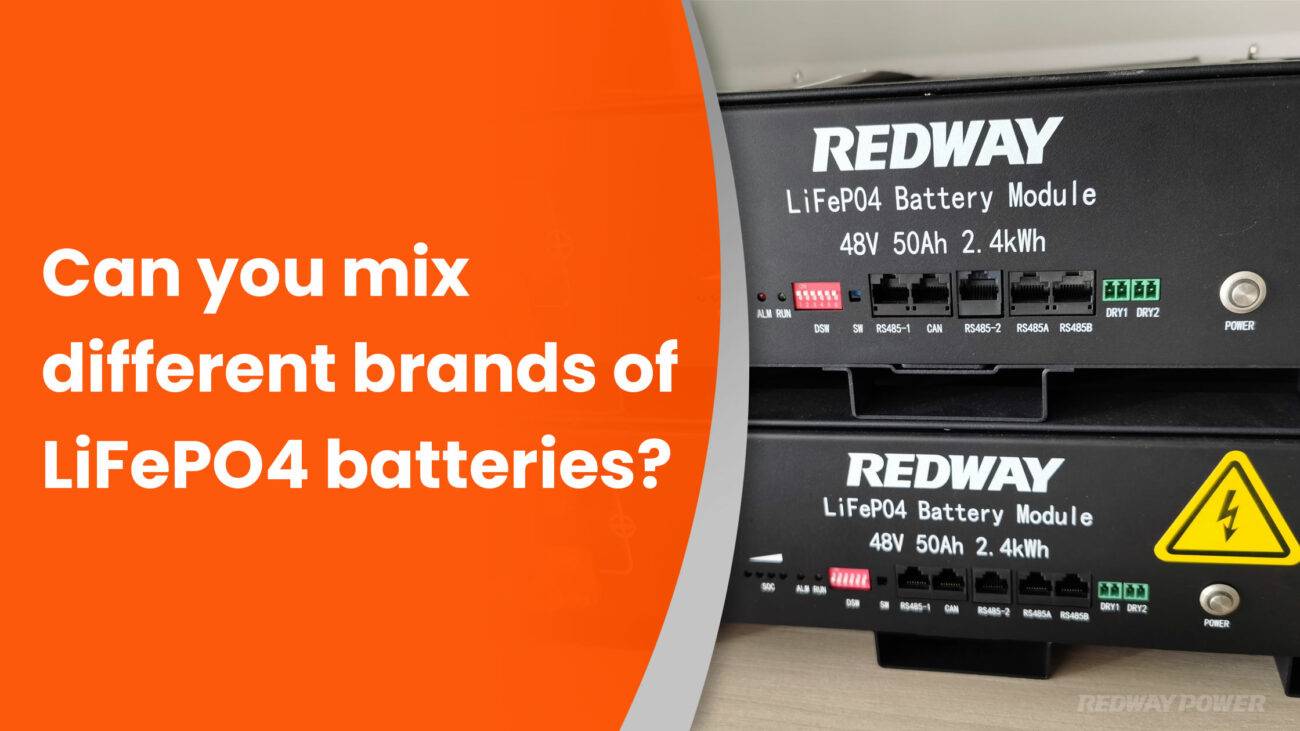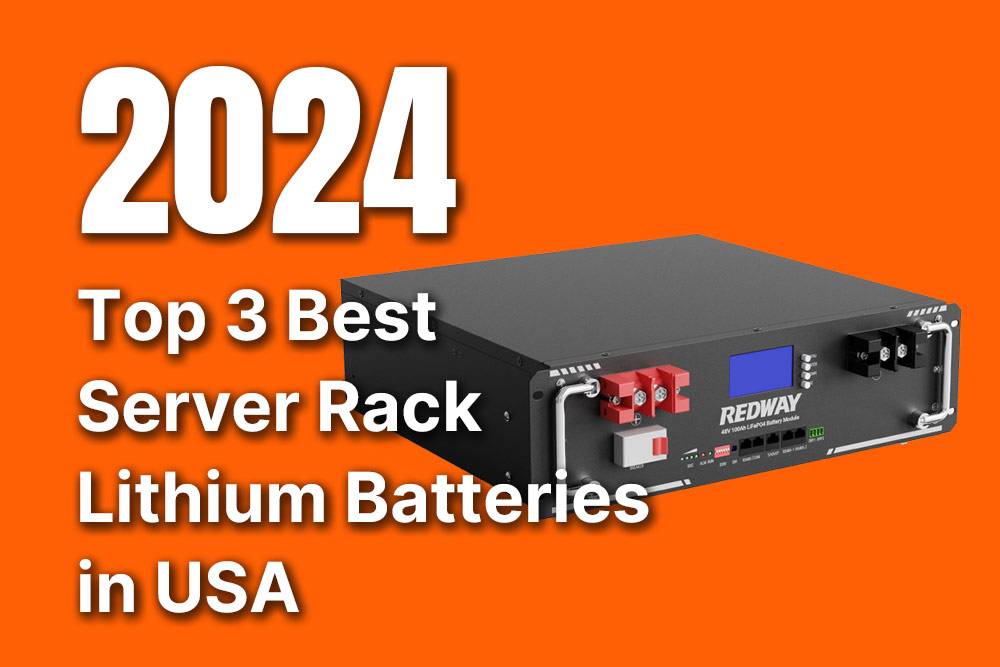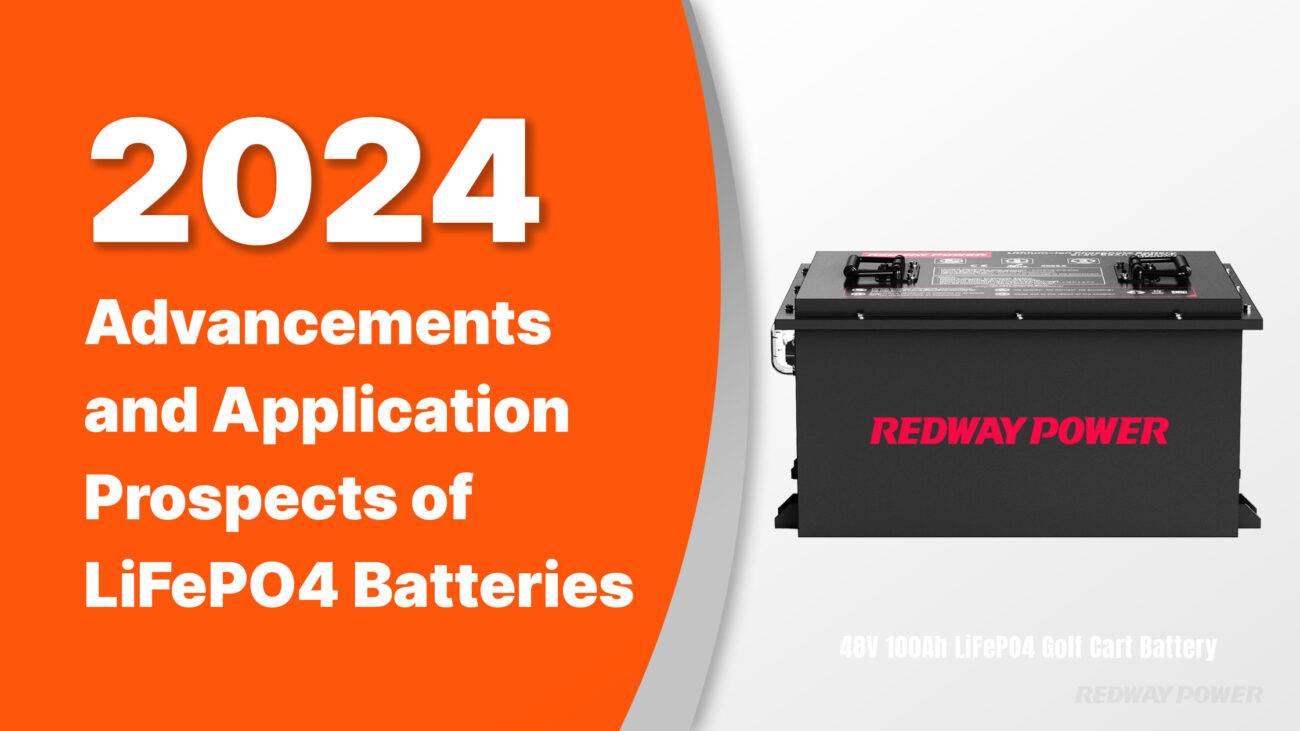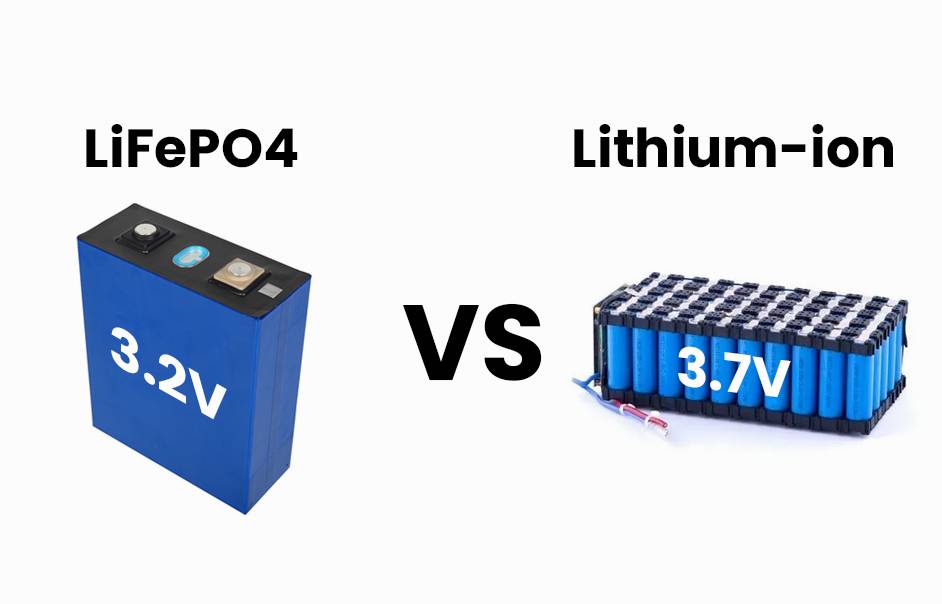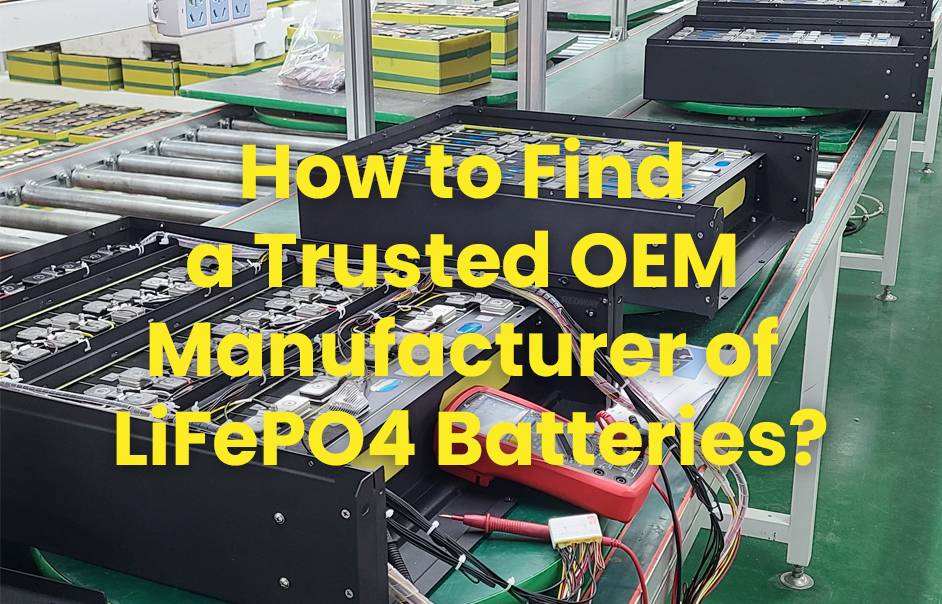- Forklift Lithium Battery
-
48V
- 48V 210Ah
- 48V 300Ah
- 48V 420Ah (949 x 349 x 569 mm)
- 48V 420Ah (950 x 421 x 450 mm)
- 48V 456Ah
- 48V 460Ah (830 x 630 x 590 mm)
- 48V 460Ah (950 x 421 x 450 mm)
- 48V 460Ah (800 x 630 x 600 mm)
- 48V 460Ah (820 x 660 x 470 mm)
- 48V 500Ah
- 48V 560Ah (810 x 630 x 600 mm)
- 48V 560Ah (950 x 592 x 450 mm)
- 48V 600Ah
- 48V 630Ah
-
48V
- Lithium Golf Cart Battery
- 12V Lithium Battery
12V 150Ah Lithium RV Battery
Bluetooth App | BCI Group 31
LiFePO4 Lithium
Discharge Temperature -20°C ~ 65°C
Fast Charger 14.6V 50A
Solar MPPT Charging - 24V Lithium Battery
- 36V Lithium Battery
- 48V Lithium Battery
-
48V LiFePO4 Battery
- 48V 50Ah
- 48V 50Ah (for Golf Carts)
- 48V 60Ah (8D)
- 48V 100Ah (8D)
- 48V 100Ah
- 48V 100Ah (Discharge 100A for Golf Carts)
- 48V 100Ah (Discharge 150A for Golf Carts)
- 48V 100Ah (Discharge 200A for Golf Carts)
- 48V 150Ah (for Golf Carts)
- 48V 160Ah (Discharge 100A for Golf Carts)
- 48V 160Ah (Discharge 160A for Golf Carts)
-
48V LiFePO4 Battery
- 60V Lithium Battery
-
60V LiFePO4 Battery
- 60V 20Ah
- 60V 30Ah
- 60V 50Ah
- 60V 50Ah (Small Size / Side Terminal)
- 60V 100Ah (for Electric Motocycle, Electric Scooter, LSV, AGV)
- 60V 100Ah (for Forklift, AGV, Electric Scooter, Sweeper)
- 60V 150Ah (E-Motocycle / E-Scooter / E-Tricycle / Tour LSV)
- 60V 200Ah (for Forklift, AGV, Electric Scooter, Sweeper)
-
60V LiFePO4 Battery
- 72V~96V Lithium Battery
- Rack-mounted Lithium Battery
- E-Bike Battery
- All-in-One Home-ESS
- Wall-mount Battery ESS
-
Home-ESS Lithium Battery PowerWall
- 24V 100Ah 2.4kWh PW24100-S PowerWall
- 48V 50Ah 2.4kWh PW4850-S PowerWall
- 48V 50Ah 2.56kWh PW5150-S PowerWall
- 48V 100Ah 5.12kWh PW51100-F PowerWall (IP65)
- 48V 100Ah 5.12kWh PW51100-S PowerWall
- 48V 100Ah 5.12kWh PW51100-H PowerWall
- 48V 200Ah 10kWh PW51200-H PowerWall
- 48V 300Ah 15kWh PW51300-H PowerWall
PowerWall 51.2V 100Ah LiFePO4 Lithium Battery
Highly popular in Asia and Eastern Europe.
CE Certification | Home-ESS -
Home-ESS Lithium Battery PowerWall
- Portable Power Stations
Why Are LiFePO4 Batteries So Expensive?

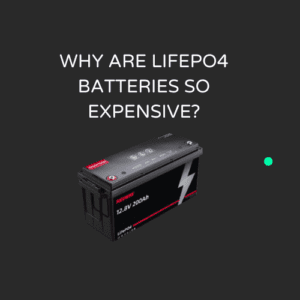
LiFePO4 (Lithium Iron Phosphate) batteries are recognized for their safety, longevity, and thermal stability, but their higher price point compared to other battery types often raises questions. The cost of LiFePO4 batteries is influenced by various factors, including raw material prices, manufacturing complexities, and technological advancements. Understanding these elements can clarify why these batteries are more expensive.
What factors affect the price of LiFePO4 batteries?
Several key factors contribute to the overall pricing of LiFePO4 batteries:
- Raw Material Costs: The prices of lithium, iron, and phosphate can fluctuate based on market demand and availability.
- Manufacturing Costs: The complexity of the production process impacts labor and equipment expenses.
- Technological Features: Advanced features such as Battery Management Systems (BMS) and smart technology increase production costs.
- Market Demand: Growing interest in renewable energy solutions drives demand, affecting prices.
Chart: Factors Influencing LiFePO4 Battery Prices
| Factor | Description |
|---|---|
| Raw Material Costs | Fluctuations in lithium and iron prices |
| Manufacturing Costs | Labor, energy, and equipment expenses |
| Technological Features | Advanced BMS and smart technology |
| Market Demand | Increased demand due to renewable energy |
How do raw material costs influence LiFePO4 battery prices?
The primary materials used in LiFePO4 batteries—lithium, iron, and phosphate—play a significant role in determining their cost. For instance, lithium carbonate prices have seen considerable volatility in recent years due to increased demand from electric vehicle manufacturers. As these materials become scarcer or more expensive, the overall production costs for LiFePO4 batteries rise, leading to higher retail prices.Chart: Raw Material Cost Impact
| Material | Average Price per kg |
|---|---|
| Lithium Carbonate | $15 – $20 |
| Iron Phosphate | $5 – $10 |
| Other Additives | Varies based on market conditions |
What role does manufacturing complexity play in battery pricing?
The manufacturing process for LiFePO4 batteries is more complex than that for traditional lead-acid or even some lithium-ion batteries. This complexity includes stringent quality control measures and advanced techniques required to ensure safety and performance. Such processes lead to higher labor costs and require specialized equipment, contributing significantly to the final price of the battery.Chart: Manufacturing Complexity Overview
| Aspect | Description |
|---|---|
| Production Process | Involves multiple stages |
| Quality Control | Stringent testing requirements |
| Equipment Needs | Specialized machinery increases costs |
How do features and technology impact the cost of LiFePO4 batteries?
Modern LiFePO4 batteries often come equipped with advanced features such as Battery Management Systems (BMS), which monitor performance and enhance safety. These technologies improve battery longevity but also add to production costs. Additionally, features like Bluetooth connectivity and temperature monitoring systems further increase expenses but provide added value to consumers.Chart: Technology Impact on Pricing
| Feature | Cost Impact |
|---|---|
| Battery Management System (BMS) | Increases production costs |
| Smart Technology | Adds functionality but raises prices |
| Safety Features | Essential for compliance; adds costs |
Why is the cathode material significant in determining battery costs?
The cathode material significantly influences both performance characteristics and production expenses. In LiFePO4 batteries, lithium iron phosphate is less expensive than cobalt-based materials used in other lithium-ion chemistries. However, processing this material requires advanced techniques that can be costly. The balance between sourcing affordable materials while maintaining high performance is crucial for managing overall battery costs.Chart: Cathode Material Comparison
| Cathode Material | Cost per kg | Performance Characteristics |
|---|---|---|
| Lithium Iron Phosphate (LFP) | $15 – $20 | Safe, stable |
| Lithium Cobalt Oxide (LCO) | $50 – $60 | High energy density |
Redway Power Insights
“While the initial investment in LiFePO4 batteries may be higher than alternatives, their long-term benefits—such as durability and safety—often justify the expense. As technology advances and production scales up, we can expect a gradual reduction in these costs.”
Industrial News
Recent developments indicate a growing trend towards reducing the costs associated with LiFePO4 battery production. Companies are investing heavily in research to improve manufacturing efficiency and lower raw material expenses. Additionally, as more manufacturers enter the market, competition may drive down prices further while enhancing product quality.
FAQ Section
Q: Why are LiFePO4 batteries more expensive than lead-acid batteries?
A: LiFePO4 batteries utilize more expensive raw materials and advanced manufacturing processes that contribute to their higher price compared to lead-acid options.Q: What makes LiFePO4 batteries safer?
A: Their chemical composition provides greater thermal stability, reducing risks associated with thermal runaway compared to other lithium-ion chemistries.Q: How long do LiFePO4 batteries typically last?
A: They can last over 2000 charge cycles while maintaining high performance levels.Q: Are there any new technologies aimed at reducing the cost of LiFePO4 batteries?
A: Yes, ongoing research focuses on improving manufacturing processes and exploring alternative materials that could lower production costs without sacrificing quality.
Is it bad to completely drain a LiFePO4 battery?
Are LiFePO4 batteries worth it?
What battery is better than LiFePO4?

Why are LFP batteries so expensive?
Why is my LiFePO4 battery draining so fast?
Should I charge my LFP battery every night?



















